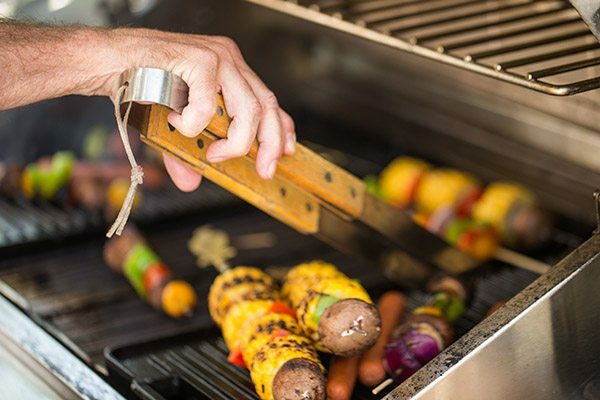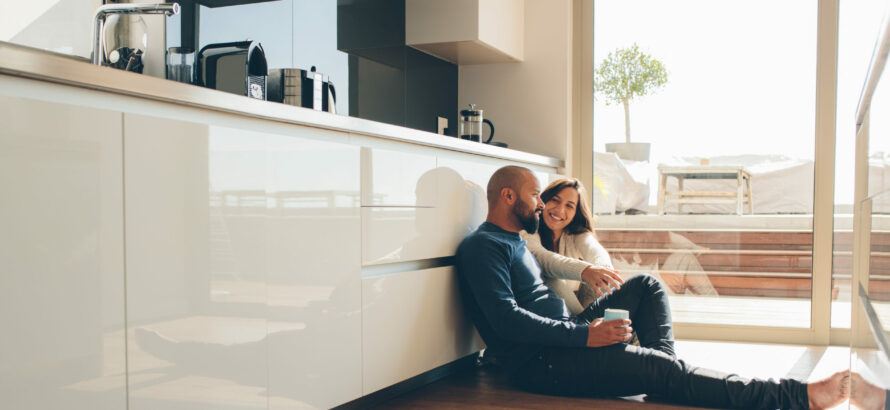
If you live in a region susceptible to extreme weather, such as heavy storms, hurricanes or tornadoes, you may want to consider building a safe room. Here are some considerations when it comes to home safe rooms and storm shelters.
What is a safe room?
A safe room is defined by the Federal Emergency Management Agency (FEMA) as a hardened structure that can provide near-perfect safety to its occupants in the event of a severe weather event, such as a hurricane or tornado[1] .The FEMA document even has plans for building them. But does your home need one?
Do you need a safe room?
Before you embark on a DIY storm shelter or safe room project, you should determine if you need a safe room. How likely is it that a hurricane or tornado may hit where you live? How far are you from a secure place to take shelter during this type of event?
Your current basement may provide adequate security for a tornado[2], according to Chicago meteorologist Tom Skilling, and your community may have a hurricane shelter that’s close to where you live. You may not need to commit the square footage and materials to build a storm shelter.
How to build a safe room
If you do decide to build a safe room for convenience and easier access during an emergency, the FEMA guide suggests that a safe room be anchored to the building’s foundation and have reinforced masonry walls.
Consider building a safe room during construction
You can use it as a basement bathroom or walk-in closet when the weather is fine — you don’t need a large home to have a safe room. However, it’s easiest to install one in new construction or during a major remodel. The design process is typically easier because you don’t have to work within the constraints of an existing structure.
Installing safe rooms in existing structures
If a home remodel isn’t in your plans, a handful of companies sell pre-made safe rooms and storm shelters that typically attach to a concrete slab. These are almost like bank vaults — but for people. You and your family can lock yourselves inside until the danger of the storm passes.
You can also use these prefabricated options as panic rooms in the event of a home invasion or as storage space for valuable items. However, remember that, if you use your shelter for storage, you may have trouble clearing room for your family if the tornado sirens go off or another dangerous event happens.
Additional storm precautions
For many people, it makes less sense to have safe room and more sense to take care of basic emergency preparations. Have supplies of water, food and clothes — for a few days of living in a shelter or without power — packed and ready to go.
Cash in small bills, batteries and solar-powered or wind-up chargers and radios are useful, too, as are diapers if you have a baby. If you live in an area where hurricanes happen, have plywood or other supplies for protecting windows on hand so that you don’t have to make a last-minute run to the hardware store.
Although you never want to have to use a safe room, storm shelter or emergency kit, having one can make you safer when a storm hits. Learn more about staying prepared during an emergency so you’ll know how to stay safe.
[1] “Taking Shelter from the Storm,” FEMA
[2] “Ask Tom: In a tornado, where in the basement is safe?,” Chicago Tribune



